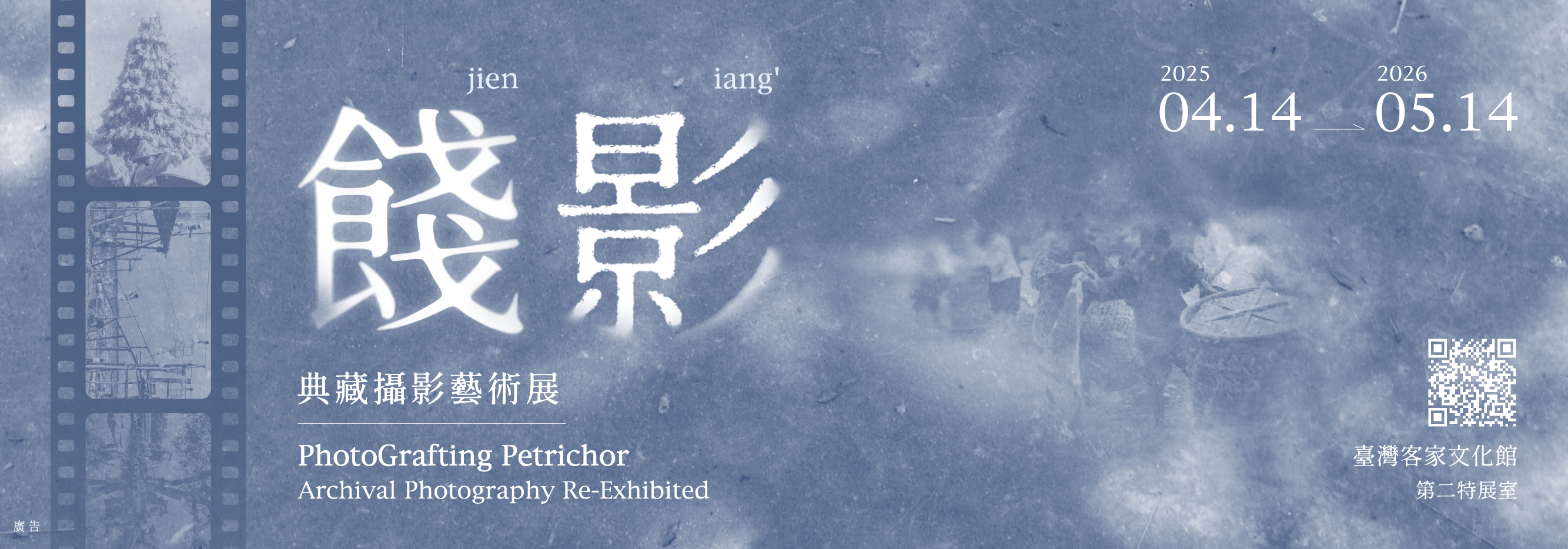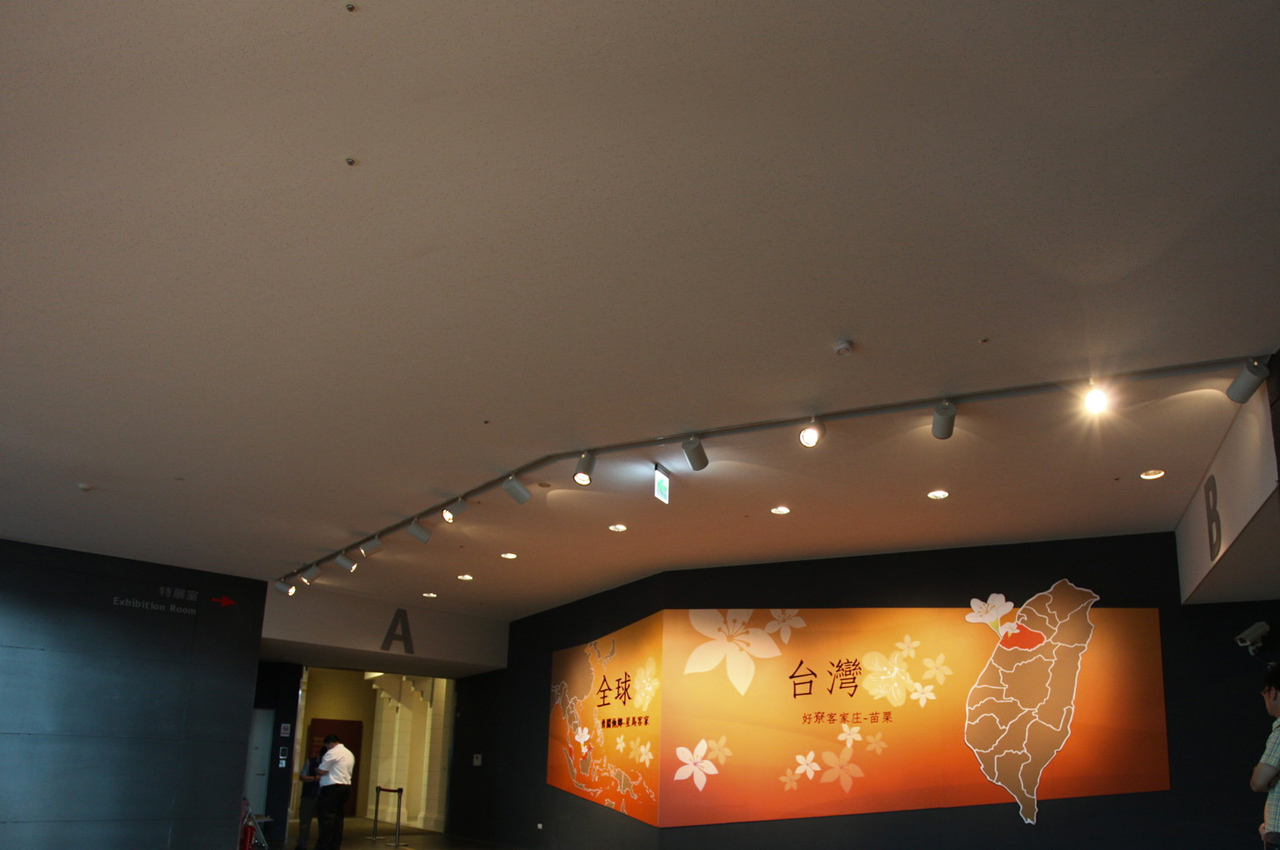Current Exhibition
2th Special Exhibition Hall-「PhotoGrafting Petrichor」Archival Photography Re-Exhibited

“PhotoGrafting Petrichor” is an archival photography exhibition that captures the rich diversity of life in Hakka villages. Through years of observing the daily rituals and customs of Hakka people, photographers have distilled these moments into timeless images—like preserved fruits and dried meats, those flavors continue to thicken over time, reflecting both the depth of culture and the passing of time.


The exhibition title in both Mandarin and Hakka Chinese—Jian Ying and Jien Iang, respectively—also translates as “shadows of long farewell.” It is inspired by Deng Nan-gwang’s work “Hanging Offerings for Farewell Ritual,” which refers to a near-extinct Hakka custom of building bamboo scaffolding after redemption rituals for wandering souls, to hang offerings—often sacrificial animals—and share with their deceased brethren.
The character 餞 (jien) originally referred to a farewell banquet with food and wine. (In Odes of Bei from the Book of Songs, the character appears in a verse: “And we drank the cup of convoy at Ni.”) In the past, a 餞 (jien) was a ceremony praying for a safe journey, where a 軷 (ba; sacrificial offering) would be performed. It would be an offering not only to revere nature, but also showing the dedicated desire to integrate with the unifying power of heavens and earth.
In this exhibition, we not only preserve disappearing traditions and customs through the photographic works on display, but “Jien Iang – shadows of long farewell” also highlights the significant resonances of the epistemological shift of photographic aesthetics in the contemporary digital era.
With the rise of AI-generated images, the authenticity and documentary function of photography are being gradually replaced. Contemporary photography continues to be subverted as an art form, while the meaning of photographs—originally intended from the creator/author—has gradually shifted toward audience interpretation, thus changing the status and values of images. However, through curatorial innovations in artistic exhibitions, photographic images as we knew them will not fade into history, but continue to uphold their own positions while enunciating new voices in the changing cultural landscape through revived aesthetics and memories.
PhotoGrafting Petrichor looks back with a digitally unfiltered viewfinder—offering empathetic archival images that connect history, human relationships, and natural aesthetics, bringing viewers into the rich cultural heritage of the Hakka people. PhotoGrafting Petrichor exhibits more than photographs—it delivers an immersive experience that engages the senses—smell, sound, and beyond—while transforming images from mere documentation into synesthetic vessels of culture and emotion.


